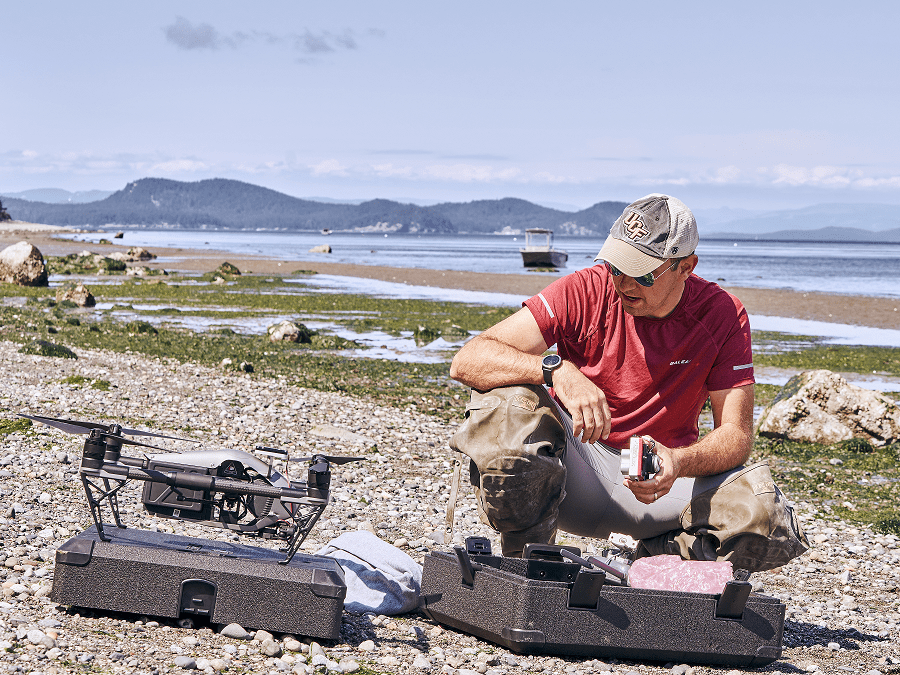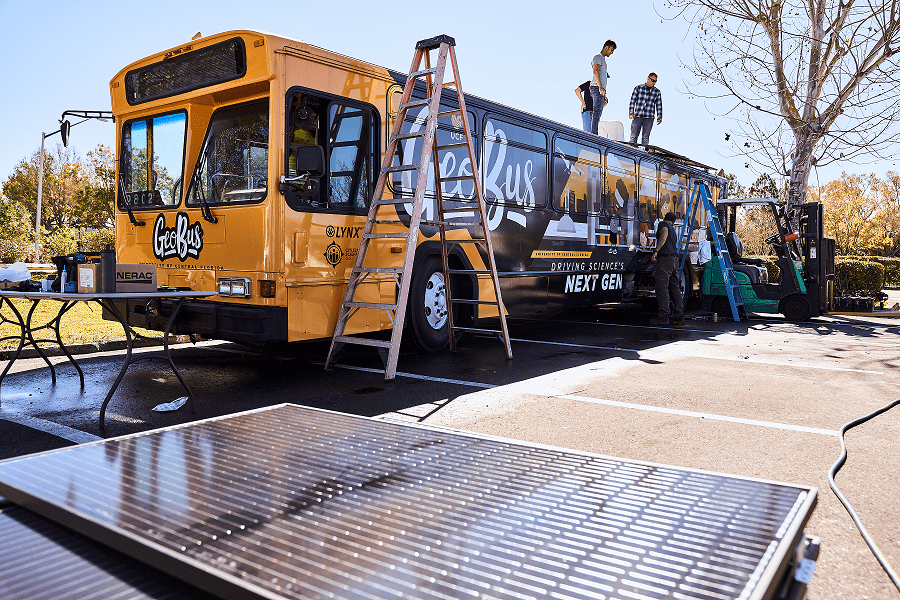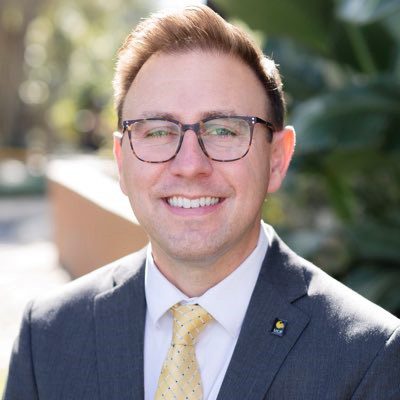On September 29, I had the honor of a lifetime. I was able to share our message of hope on the big stage at National Geographic as one of a handful of invited talks at the first National Geographic Education Summit. I focused on the innovative work of Citizen Science GIS and our community partners in Belize and Florida. I also shared my hope for science, the hope that we can re-commit to the Golden Rule in our work to remind folks that science can be informed by everyday, extraordinary citizens.

Below, is the transcript of my talk. Enjoy, and please let me know what you think.
And a special shout-out to our Belizean youth collaborators from Miss Bertie’s Community Library in Hopkins Village and the kids that have been part of our GeoBus build in Florida. You all are the future of science, and that future begins now with your ideas, passions, and creativity. Keep on believing in yourselves and those around you. You are science’s greatest hope.
“The Golden Rule: The Future of Science Rests on the Shoulders of Everyday, Extraordinary Citizens”
Remarks from Dr. Timothy Hawthorne at National Geographic from 10/29/2018.
I believe in the Golden Rule.
Do unto others as you would have others do unto you.
Kindness, empathy, hope, compassion. These principles already guide you, the amazing K-12 teachers in this room, as you inspire science’s next generation.
But you know what? Sometimes when we grow up and actually become scientists we forget your lessons and forget the Golden Rule.
Good morning, I’m Tim, but the kids I work with in Belize call me Dr. Drone. Because of these kids, I am hopeful. They make me believe we can put the Golden Rule back into research.
I am the founder of Citizen Science GIS. We use maps, apps and drones in our work. But I’m most proud of the work we do to get everyday, extraordinary citizens and academics to work together.
When Citizen Science GIS begins work in a new environment we go in believing that the folks living in these communities will know more than we do.
That’s right, we believe scientists don’t have all the answers.
Because of this, our science in Belize is guided by the knowledge of 12 year old Karim. Karim wakes up at 5 am during his summer break to map beach debris and sargassum on the coast. His pure dedication makes me hopeful that we will find a way to address plastic pollution within my lifetime.

12 year old Karim mapping marine debris with Elli and Amber from our team
We work with Belizean partners like 16 year old Isani to drone map vulnerable Mesoamerican reef islands and coast lines. He gives me hope that communities can inform the science needed to address climate change.

16 year old Isani flying a drone in Hopkins Village, Belize. photo credit: Hopkins Uncut
You see some of these places in Belize barely register in satellite imagery in online mapping platforms. Over the last two years we used affordable drones to completely change the way we see over 200 islands and coasts.
And we’re just getting started.
Back home in Florida, we’re building the nation’s first GeoBus. It’s a big bus…40 feet to be exact…decked out with all kinds of gear to make it a mobile geospatial technology lab. Starting in early 2019, it will visit schools around Florida to cultivate an explorer mindset in over 20,000 children each year.

The nation’s first GeoBus at UCF.
We’re empowering Florida kids for the same reason that we include communities in our fieldwork from the beginning: the Golden Rule. We have a unique opportunity to show children just how valuable they are as scientists right now.
My friends: I am a scientist, and I’m here to tell you that everyday, extraordinary people are the greatest hope for science.
Let’s all take that hope out into the world to explore, to take action, and to start making a difference today.
And let’s remember the Golden Rule in all that we do.






